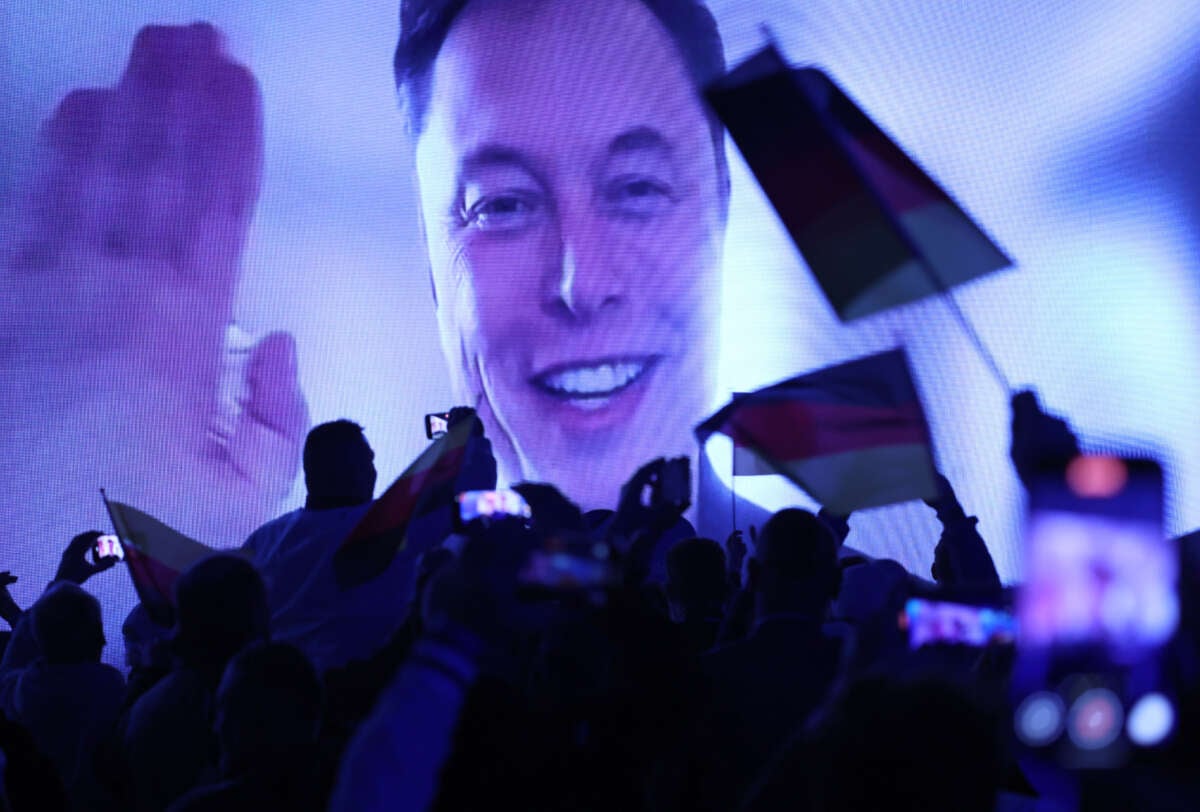The Shakeup at OpenAI: What Does it Mean for AGI?
In the world of artificial intelligence, few companies have been as much in the spotlight as OpenAI. Founded in 2015 with the ambitious goal of creating a safe and beneficial form of artificial general intelligence (AGI), the company has been at the forefront of AI research and development. However, recent events have raised questions about the company’s progress and the future of AGI.
Over the past week, OpenAI has experienced a significant leadership shake-up, with three key figures announcing major changes. Greg Brockman, the company’s president and co-founder, is taking an extended sabbatical until the end of the year, while another co-founder, John Schulman, has permanently departed for rival Anthropic. Peter Deng, VP of Consumer Product, has also left the ChatGPT maker.
These moves have sparked skepticism about the company’s progress toward achieving AGI. As AI developer Benjamin De Kraker pointed out on X, “If OpenAI is right on the verge of AGI, why do prominent people keep leaving?” This sentiment is echoed by many in the AI community, who are left wondering what these departures mean for the future of AGI.
A Pattern of Departures
This is not the first time high-profile employees have left OpenAI. In May, OpenAI alignment researcher Jan Leike left to join Anthropic, criticizing OpenAI’s handling of alignment safety. Adding to the recent employee shake-up, The Information reports that Peter Deng has also left the company, though it is unclear where he is headed. In May, OpenAI co-founder Ilya Sutskever left to found a rival startup, and prominent software engineer Andrej Karpathy departed in February, recently launching an educational venture.
These departures have raised concerns about the health of OpenAI and its progress toward achieving AGI. As De Kraker noted, if OpenAI were on the verge of developing world-changing AI technology, wouldn’t these high-profile AI veterans want to stick around and be part of this historic moment in time?
The Rise of Anthropic
Anthropic, the company that John Schulman has joined, offers a subscription service called Claude.ai that is similar to ChatGPT. Its most recent LLM, Claude 3.5 Sonnet, along with its web-based interface, has rapidly gained favor over ChatGPT among some LLM users who are vocal on social media.
In a statement on X, Schulman revealed that he’s leaving OpenAI to join Anthropic to do more hands-on work: “This choice stems from my desire to deepen my focus on AI alignment, and to start a new chapter of my career where I can return to hands-on technical work.” This move raises questions about whether Anthropic is poised to become a major player in the AI landscape.
The Search for AGI
The search for AGI is one of the most significant and ambitious goals in the field of AI. AGI refers to a hypothetical AI system that could match human-level intelligence across a wide range of tasks without specialized training. However, the term remains somewhat vague, and there’s considerable debate in the AI community about what truly constitutes AGI or how close we are to achieving it.
Microsoft CTO Kevin Scott has countered criticism of the industry’s progress toward AGI, saying that LLM “scaling laws” (that suggest LLMs increase in capability proportionate to more compute power thrown at them) will continue to deliver improvements over time and that more patience is needed as the next generation (say, GPT-5) undergoes training.
However, others, such as Gary Marcus, have postulated that major AI companies have reached a plateau of large language model (LLM) capability centered around GPT-4-level models since no AI company has yet made a major leap past the groundbreaking LLM that OpenAI released in March 2023.
Conclusion
The recent shake-up at OpenAI has raised more questions than answers about the company’s progress toward achieving AGI. While some have expressed skepticism about the company’s ability to achieve AGI, others remain optimistic about the future of AI. As the search for AGI continues, one thing is clear: the AI landscape is rapidly evolving, and the next breakthrough could come from anywhere.
AI researcher working on a computer
AI model training on a large dataset
Group of AI researchers discussing their work
The future of AGI is uncertain, but one thing is clear: the next breakthrough could come from anywhere. As the AI landscape continues to evolve, one thing is certain: the search for AGI will remain one of the most significant and ambitious goals in the field of AI.


 Photo by
Photo by 












